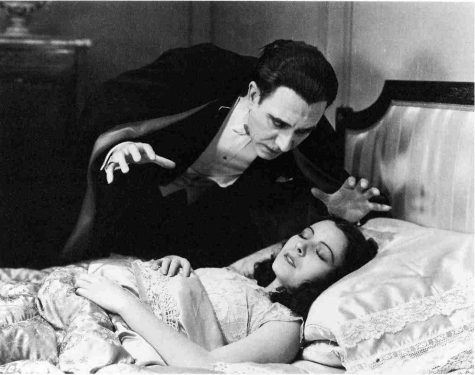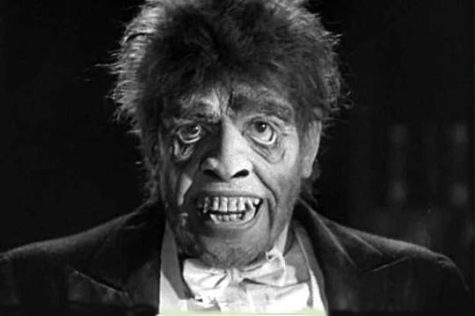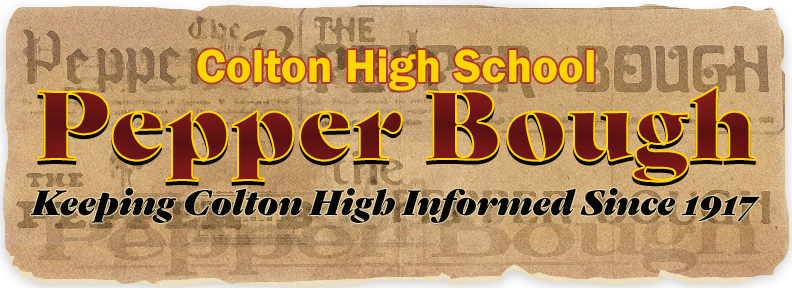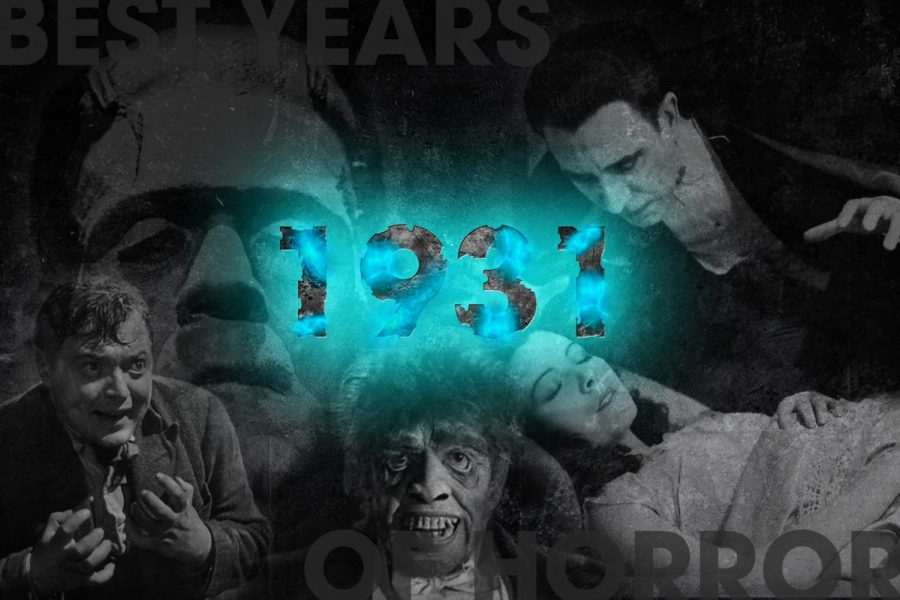The Best Years of Horror: 1931
A year defined by the emergence of Universal’s monsters also featured several classics of the genre
1931 was a cornerstone of horror cinema history, as Universal premiered both “Frankenstein” and “Dracula.” However, a German thriller and a Spanish-Language version of the classic bloodsucker may have offered even more inspiration to future filmmakers.
With the strike of a single lightning bolt, horror movies were changed forever in 1931 as the dead were reanimated and Frankenstein’s monster, portrayed with threatening gentility by Boris Karloff, flipped the switch on the Universal monsters era.
James Whale’s “Frankenstein” dominated the box office that year, coming in at number 6 in total receipts. Its success led to a string of Universal monsters: Dracula, the Wolf Man, The Mummy, The Invisible Man. Each thrilled and chilled audiences, and became a cash beast for Universal Pictures.
However, 1931 wasn’t only about “Frankenstein.” Three other movies made their indelible mark that year, starting with:
M (1931, dir. Fritz Lang)

Fritz Lang made the world stand up and take notice of his considerable talent with “Metropolis,” the first sci-fi masterpiece in 1927. That film took audiences into a dystopian futuristic world and created an iconography that went on to inspire more popular movies, like “Alien” (1979), “Blade Runner” (1982), and “AI: Artificial Intelligence” (2001).
After creating the sci-fi template with “Metropolis,” in 1931, Lang went all-too-realistic and created the template for what was to become the procedural horror film with “M.”
A child murderer is on the loose in a small German town. Everyone is frightened, and after an opening sequence in which a young girl is caught in the killer’s snare, we are, too. This leads to a tense collection of scenes in which the community finds itself struggling with the unknowable. They want answers. They can’t have them. They need someone to blame, even if it happens to be a random, innocent stranger. The intensity of Lang’s narrative gets under the skin as the conversations evoke real world horrors.
This film hinges however, on its evocative opening and an ending that showcases the talents of its star, the bug-eyed Peter Lorre. Lorre would later go on to acclaim for his character roles in “Casablanca” and “The Maltese Falcon,” but in “M” he gives his most daring performance as the unnamed child predator whose pleas and appeals to an outraged, uncaring mob stay with you.
“M” is available to stream on HBO Max.
Drácula (1931, dir. George Melford)

Shortly after the advent of sound, many Hollywood studios would produce foreign versions of their American films using the same sets, costumes, and props while bringing in different talent in front of and behind the camera. Film preservation efforts have not been able to preserve many of these films, but the most famous one—like its namesake—lives on.
“Drácula” is the Spanish language version of the classic “Dracula,” which was directed by Tod Browning and starring horror icon Bela Lugosi. This one, directed by George Melford, a prolific director from the silent era, stars Carlos Villarías as the evil Count and Lupita Tovar as the innocent Eva, the object of the Count’s interest.
This version of the film was shot at night after the cast and crew from the English language film clocked out. Tovar, the film’s breakout star, shared with NPR recently, “Once you went into that set, it was a different world. You became under the spell of Dracula.”
Perhaps because of this, this version of “Dracula” somehow feels more terrifying than its English language companion. While there is no replacing Bela Lugosi, Villarías is creepy in his own right, with a disarming smile to go along with his dark, mysterious eyes. And without the interference of the studio, who never really saw this film as more than a foreign market cash grab, George Melford and his team created a film that is about 30 minutes longer and significantly more erotic than Browning’s.
“Drácula” is available to stream on Tubi.
Dr. Jekyll and Mr. Hyde (1931, dir. Rouben Mamoulian)

Most versions of Robert Louis Stevenson’s novella, published in 1886, often paint its hero, Dr. Jekyll, as a saint. He’s pure of heart, a scientist who falls victim to his own experiment, and eventually his own alter ego, the ugly and malicious Mr. Hyde.
However, in this sinister, icky version, Dr. Jekyll—portrayed by Oscar-winner Frederic March—is a much more ambiguous fellow. He’s a proud scientist who holds court at the local hospital, giving lectures to packed rooms, but still makes time to work with charity cases. At first, he seems too good to be true, so good that his fiance, Muriel (Rose Hobart) isn’t bothered in the slightest that he often chooses his work over her affections.
But there’s an undercurrent of hubris and violence in Jekyll that makes his experiment in dividing his psyche by concocting a goofy serum unnerving. Once Hyde appears in all his darkness, he has full knowledge of all of Jekyll’s desires and conflicts. It is much more unclear how much Jekyll himself remembers about the exploits of his gruesome dark side.
The tension in this movie is elevated by some incredible camerawork, including first-person point-of-view shots that were way ahead of their time. And the use of ultraviolet lighting to reveal the make-up transformation of Jekyll into Hyde in a single shot was revolutionary during a time decades before computers were even dreamed of.
“Dr. Jekyll and Mr. Hyde” is available to stream for free on the Classix
Recently, the CHS Publications Department experienced a major theft as over $20,000 in photography equipment was stolen from our studio over Spring Break. This included all cameras. Any amount you donate will help rebuild our program. Thank you!

Jeremiah Dollins is in his third year as adviser for the award-winning Pepper Bough, Colton High School’s official source of news and entertainment....




